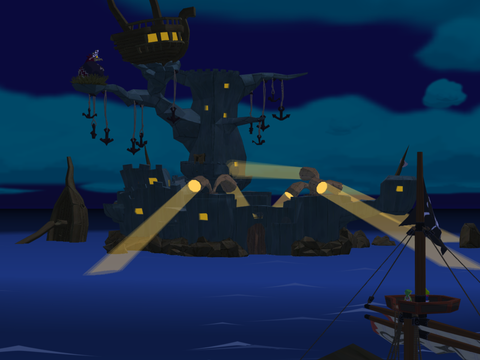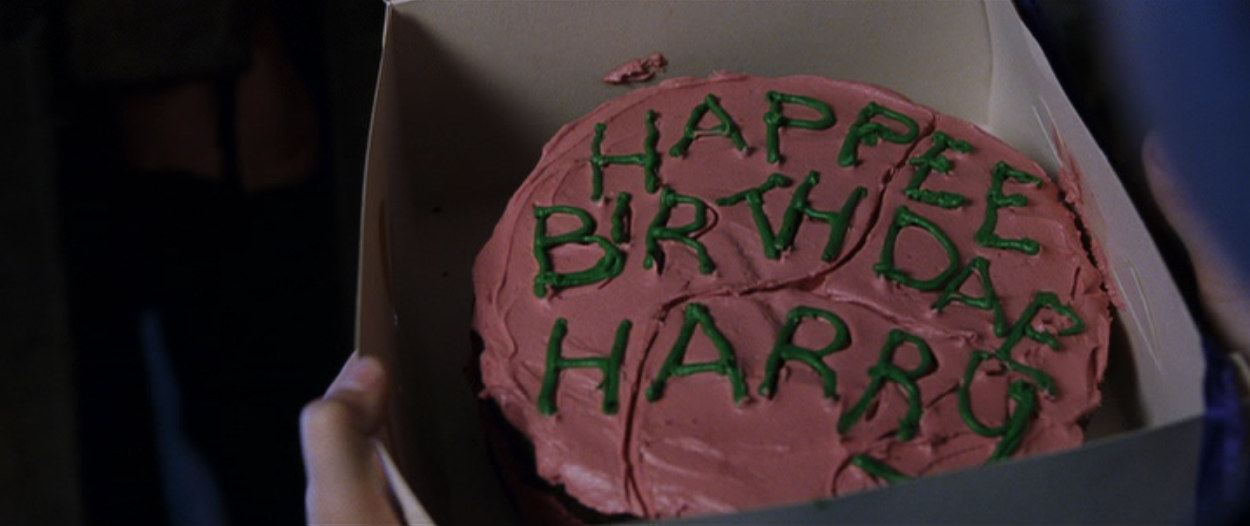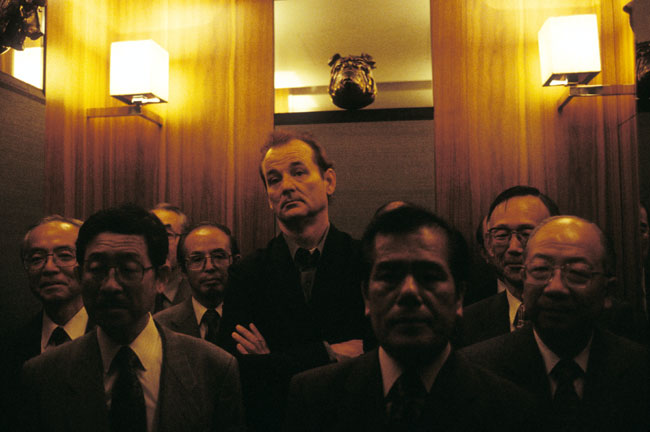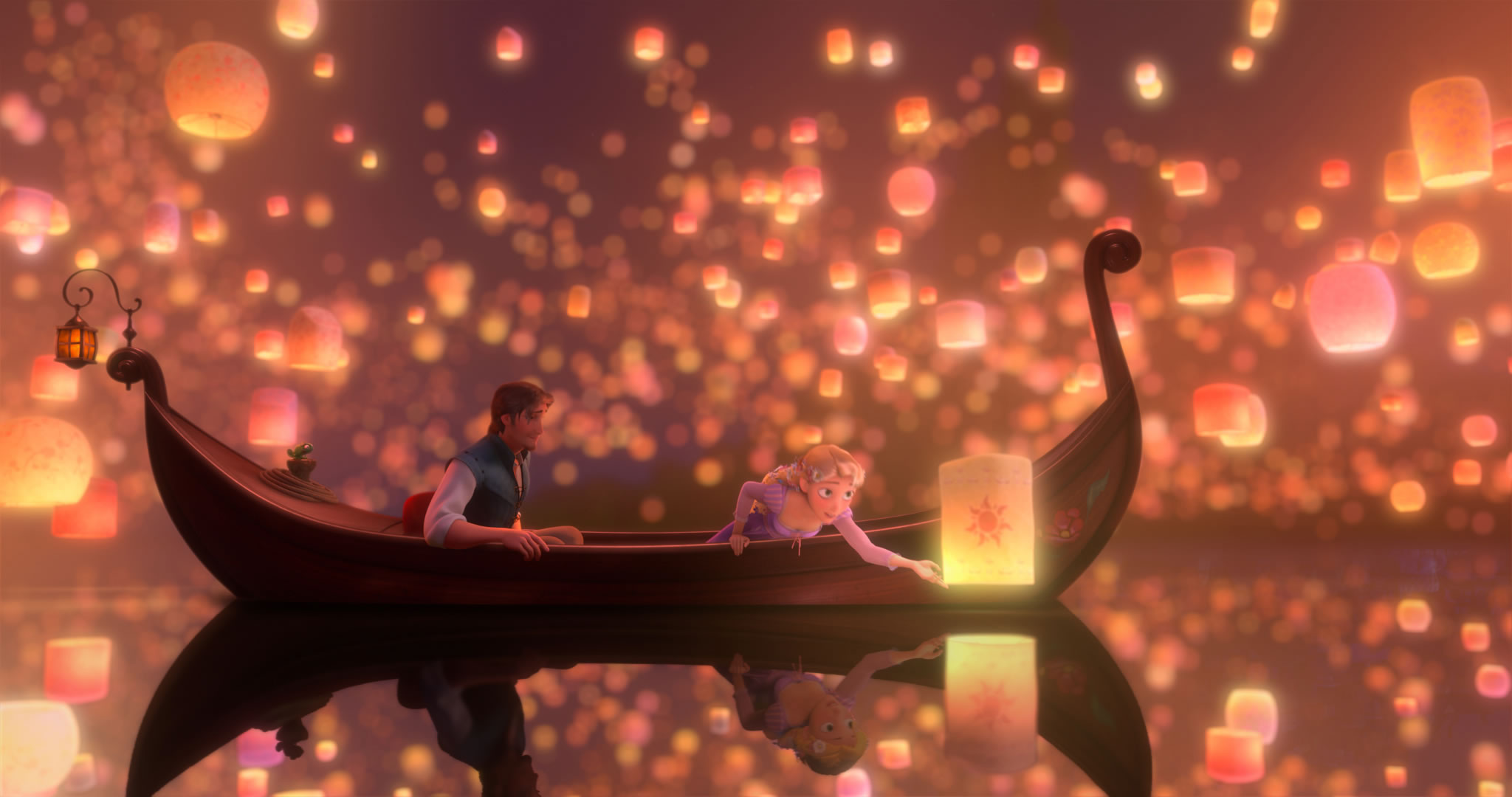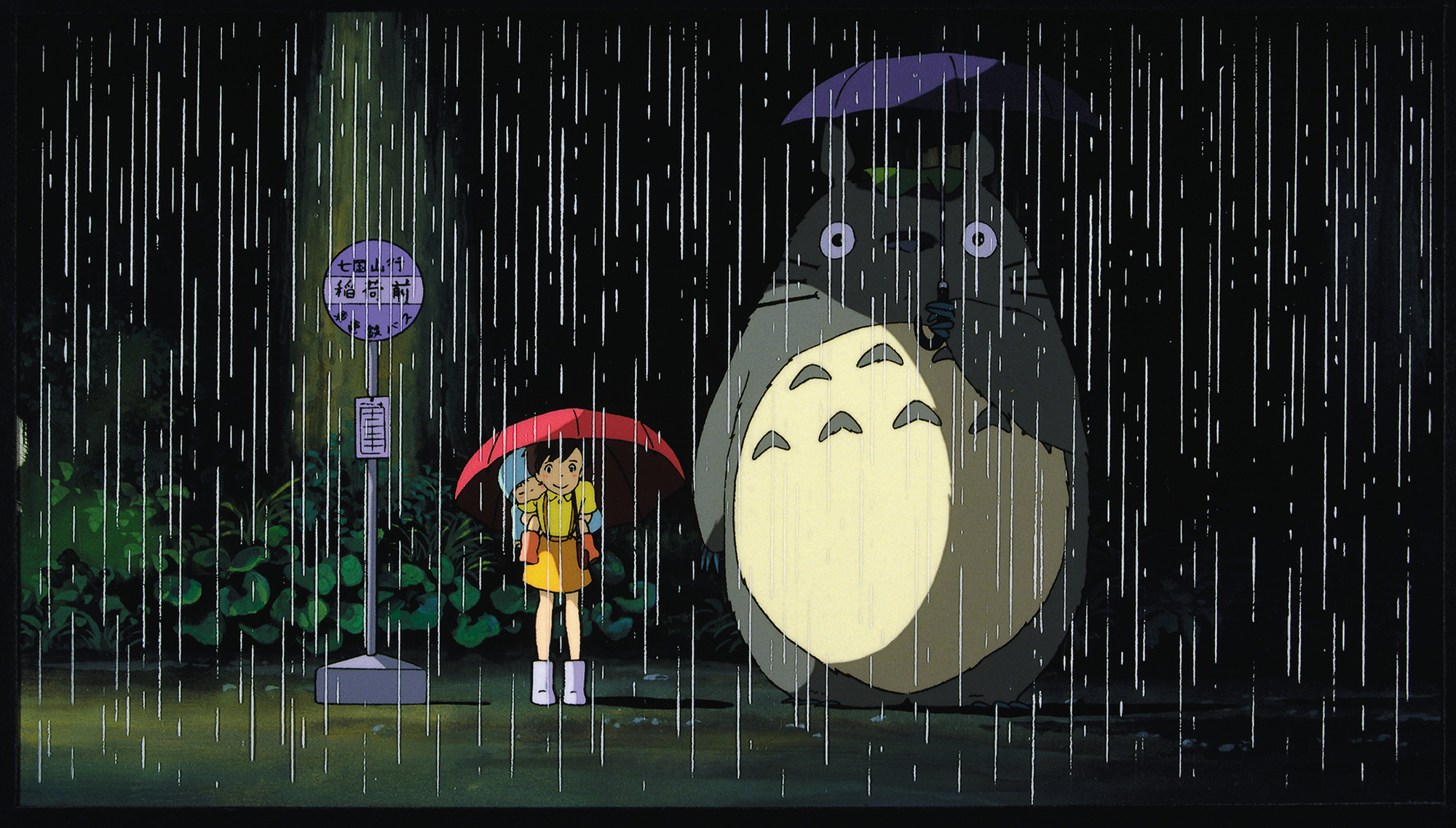
What is a masterpiece?
A masterpiece is defined as a work of outstanding artistry, skill, or workmanship. It is safe to say that not everything is a masterpiece, so when you are faced with something that is, it is something of a privilege to have witnessed or experienced it. Therefore, if I have just so happened to have come across such a thing, then I believe it is my duty to tell everyone, that will listen, about it. In this instance, I am referring to The Last of Us.
The Last of Us is a post-apocalyptic zombie survival horror action-adventure game on the PlayStation 3, made by that dog pound of a studio (that's meant to be a compliment, in some sort of way) - Naughty Dog. And this is no anomaly in terms of the quality of the game that Naughty Dog have produced. Nope. They are also the makers of Crash Bandicoot (remember that game from the PlayStation 1 era?), Jak and Daxter and the more recent Indiana Jones inspired Uncharted series.
The game is set 20 years after an outbreak of a virus that has desolated the population, and which turns those that have either inhaled the poisonous spores or been bitten by an infected person into mindless creatures that have no control over their own actions - basically they are similar to the zombies that you see in Danny Boyle's 28 Days Later. The main difference is that the longer a person has been infected with the Cordyceps virus, the more like fungus their face and body morphs into, and the deadlier they become.
The story revolves around two characters. The first is Joel, a gruff middle aged man that has had to survive 'D-day' and the ensuing fall of civilization. And the word is survive, as we see in this world, those that have survived so far have left behind - for the most part - their human side and what made humans different from animals. As Ish - an off-screen character - later remarks very accurately in a note, "humans are back on the food chain!" And that is really the difference that has been made in this world. To survive, you have to be ruthless and use whatever edge you have to make it; be it your wits or your strength - after all, it is survival of the fittest now.
The second character is a 14 year old girl called Ellie; an orphan, probably in a world plagued by them, where it is normal to see loved ones die, either by the infected or by other humans - hunters as they are called in this dog-eat-dog world.
The story goes that Joel is tasked to escort Ellie to a rebel group known as the Fireflies, but when they make it to the rendezvous point, they find that the Fireflies have all been killed. Joel is asked to see out this task as a favour to someone close to him - something that he 'owes' this person. Thus, the duo travel across what was the United States, so that Joel can deliver Ellie to the Fireflies.
Yes, it seems like a simple story, but the execution of the storytelling and how the gameplay mechanics integrate fittingly into this make it something much more than an escort story. (This becomes apparent when you actually play the game as I have excluded a lot of the detail and further plot points, so as not to spoil it for anyone yet to play the game.)

The gameplay is a balance of stealth action and third person shooter. Playing as Joel, you can take cover behind walls, tables and other such objects to stay out of the sight of oncoming enemies. This option of how to tackle certain situations adds a lot of variety to the gameplay as you can choose to go gung-ho and charge at the enemy with an assault rifle in tow, or you can pick off enemies one at a time. However, the fact that this is the post apocalypse and there is not an abundance of supplies means that the former option is often harder to do and, unless prepared with enough medical kits and ammunition, would mean that the chances of successfully advancing are made harder to do so. Therefore, going through areas using stealth is often the more practical, and rewarding, way of playing the game. But don't worry, there are multiple times in the game when the only way forward is playing with a little anarchy.
As a result, these two mechanics can change the tone of the game entirely; from one of tension and thrill of killing an infected to the moment that you are spotted by a group of hunters and you now must use everything available to you from bricks, bottles, nail bombs and your guns, to your very fists as a way of surviving. And you will need to use everything at your disposal because if you are ill prepared when entering an area littered with infected or hunters, then that makes Joel and Ellie's life much harder.
There are a few different types of enemy in The Last of Us. First, there are the Hunters; they are gangs of (human) militia that have weapons and are as much of a threat than the infected are. They are more clever and methodical as they talk to each other and alert other Hunters if they see a body that you killed or if they spot you sneaking around. Thus, it requires planning and resources to take them on as they are ruthless and attack as a pack.
The zombies, who are actually infected and mindless humans, come in a few different forms. Those that have been infected a shorter time are called Runners. They are generally, the easiest enemies in the game to take out. Then there are Clickers - endearingly named so for the sound that they make. Clickers are those humans who have been infected for longer and have had their body covered with fungus, thus blinding them. However, as a result, their hearing senses have been heightened. Therefore, killing a Clicker requires more nous, patience and shivs; but really, if you are heard by them and they get into touching distance of you then it is lights out - they are a deadly and scary foe. And Clickers coupled with Runners presents a different kettle of fish altogether; making you have to assess and tackle the situation accordingly. Lastly, there are Bloaters; the less said about them, the better!
To tackle these enemies, Joel has been given a little bit of an edge of his own: an acute sense of hearing, almost like sonar. By holding the R2 trigger, Joel will crouch down and listen to his surroundings, which gives a picture of where enemies are located and moving to. In effect, it is a radar which helps you evade or kill enemies, and navigate an infested area. Playing the game on the hardest difficulty, though, will not allow you to use this ability, so for those seeking a tougher challenge on a second play through can opt for this.
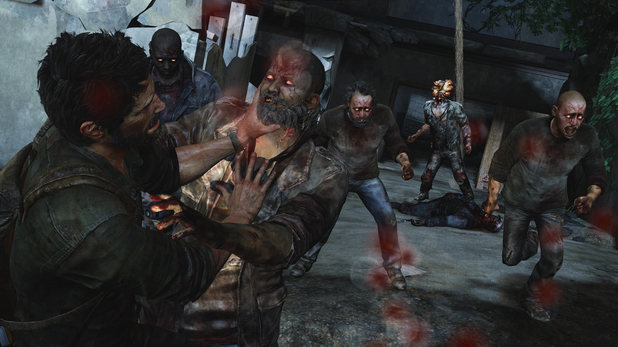
Scrounging is the order of the day and what you need to do in this game, as finding cloths, alcohol, scissors and other materials and tools allow for you to make new weapons - like a shiv that you will need to take out Clickers without attracting the attention of the infected. Scrounging allows you to manage your inventory and helps prepare you for any surprises that may just be around the next corner. Plus, the fact that things are scarce in this world means that you can't pass on the possibility of finding something in that abandoned house or dilapidated record store that is just across the street. This, you may think, would be a bit of a hassle, having to explore all the areas of the game world to ensure you are fully stocked, but it is not because you often find notes from the people that were in these places which tell you the stories of their predicaments and what happened to them; they are human stories of struggles and hurdles from the points of view of different people from different backgrounds - even the Hunters. It is this environmental storytelling that Naughty Dog do so well. One example was when I walked into an abandoned apartment and an infected ran at me. After I had killed it, I saw on the wall that someone (probably the person that used to live there) had written "Rachel" on the wall with an arrow pointing downwards to a table that had a note on it. The note was from the day that the town (Lincoln) was to be evacuated and was meant for Rachel - presumably the author's partner - stating that he had to leave with the evacuation crew because she did not return in time, and that he would be waiting for her in the evacuation zone. It makes you wonder if she ever saw the note, or if they ever saw each other again. Certainly, it brings up a lot of questions. Little touches like this are scattered all throughout the game and it is the way that Joel and Ellie interact with these stories and other points of interest in the environment that really elevates the story to a whole other level. This simply does not and has not appeared before in an action game. And as a result, it pulls you into this devastated world and reminds you that at its core, The Last of Us is a game about human relationships.
What helps build the above is the gradual relationship that is formed between Joel and Ellie. Ellie was born into this world and does not know anything about a pre-devastated world where an ice cream van would go around neighbourhoods and sell ice cream to kids (which she thinks sounds ridiculous and sort of does when she repeats it). On the other hand, Joel is trying to forget the past, but is having difficulty letting it go as he has not allowed anyone - to truly - get close to him since the world went to hell. When their paths cross and their journey begins, their interactions with each other break down these walls that Joel has had around him and they talk about the old world and the difficulty of their journey, whilst facing up to their pasts and enduring hostility like no other. Moments, such as when Ellie spots an advertisement of a slim woman and exclaims that she thought people had an abundance of food in Joel's time explains it all, in truth. She cannot fathom a world other than where you do everything to survive, and believes that not eating to look beautiful is silly. Conversations like this where Joel explains things about the old world and Ellie's incredulity or intrigue about a world before the infected are beautiful moments of interaction, story building and help us understand Ellie and the thinking of those in this world much more.
The Last of Us, as well as having a fantastic story, has in a certain part of the game (which I will not discuss in this post) the most nerve racking, atmospheric, riveting, exciting and adrenaline filled section that I have ever had the privilege of experiencing in all of my years gaming. It is as close to perfection that I believe a game can get with everything that it provides: story, characters, graphics, gameplay, tense situations, and emotion - it has it all. And that is before I even mention the dread-filled beginning or the ending of the game, which is fully deserved and merited as a result of all that we have had to endure to get there. It is brave, fantastic and a fitting end for such a fabulous game and story.
 The atmosphere of the game and the level of dread in the air is a brilliantly built up and omnipresent part of the game. You experience it from the off, and it is built by the character you control being vulnerable. Vulnerability made by the fact that resources are scarce and you can never be as well prepared as you would like to be. Even if you have a sufficient amount of ammo in The Last of Us, this doesn't mean for certainty that you will be safe from the dangers of the zombie-apocalypse. Joel's aim is not the best and requires upgrades, in the form of pills, to improve his shooting steadiness. And a word of caution, for not all of the possible upgrades can be upgraded in a single play through, so you will have to choose what you value more than a steady shooting arm: maybe more health, quicker crafting of inventory (ie. health packs, shivs, melee weapons) or the ability to use a shiv as a last form of defence against a Clicker instead? Even when crafting shivs, medical packs and other inventory, the game is not paused, thus compounding that fear that anyone/thing can attack you at any moment. It is terrifying and tension inducing; all created by two decisions Naughty Dog made about the game's mechanics.
The atmosphere of the game and the level of dread in the air is a brilliantly built up and omnipresent part of the game. You experience it from the off, and it is built by the character you control being vulnerable. Vulnerability made by the fact that resources are scarce and you can never be as well prepared as you would like to be. Even if you have a sufficient amount of ammo in The Last of Us, this doesn't mean for certainty that you will be safe from the dangers of the zombie-apocalypse. Joel's aim is not the best and requires upgrades, in the form of pills, to improve his shooting steadiness. And a word of caution, for not all of the possible upgrades can be upgraded in a single play through, so you will have to choose what you value more than a steady shooting arm: maybe more health, quicker crafting of inventory (ie. health packs, shivs, melee weapons) or the ability to use a shiv as a last form of defence against a Clicker instead? Even when crafting shivs, medical packs and other inventory, the game is not paused, thus compounding that fear that anyone/thing can attack you at any moment. It is terrifying and tension inducing; all created by two decisions Naughty Dog made about the game's mechanics.THE VERDICT
All in all, Naughty Dog have outdone themselves and have delivered THE game of the last generation. The Last of Us delivers artistry that very few games do achieve and is a game that is not to be missed.
Following on from my last post, it seems that I only deal with them. Quite simply put: a masterpiece.
RATING 10/10 Masterpiece






